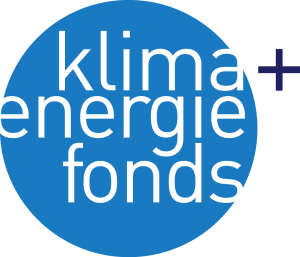Research project
SimSAEV
Simulating the environmental and socioeconomic effects of Shared Autonomous Electric Vehicles (SAEVs): the case of Vienna
Which policies ensure that the transport system is efficient and socially inclusive, while maximizing environmental gains?
A project funded by the Austrian Climate Research Progamme (ACRP)
Objectives
- To identify environmental and socioeconomic effects of SAEVs, as wells as synergies and trade-offs between them.
- To extend an agent-based model (ABM) of Vienna’s transport system with a module that allows for the simulation of scenarios related to SAEVs.
- To support the formation of transport policies that lead to a reduction in CO2 emissions, while maintaining an efficient and inclusive transport system.
Methods
- We use an agent-based model that is able to represent the complex interactions between the transportation system, socioeconomic factors and environmental factors.
- We simulate different scenarios that differ in their assumption concerning SAEV technology, SAEV market structure, consumer preferences, and policy interventions.
- The model is based on the software MATSIM.
Case: Vienna
- The transport sector is responsible for almost 50% of the CO2 emissions in Vienna.
- Transport-related infrastructure covers 16 km2 of space in Vienna.
- Strong reliance on high-quality public transport.

